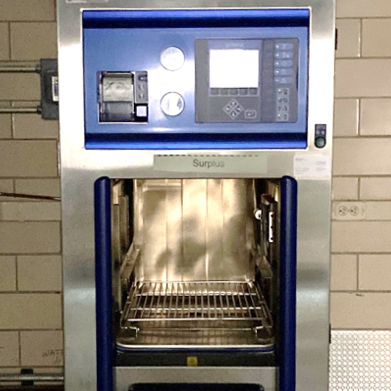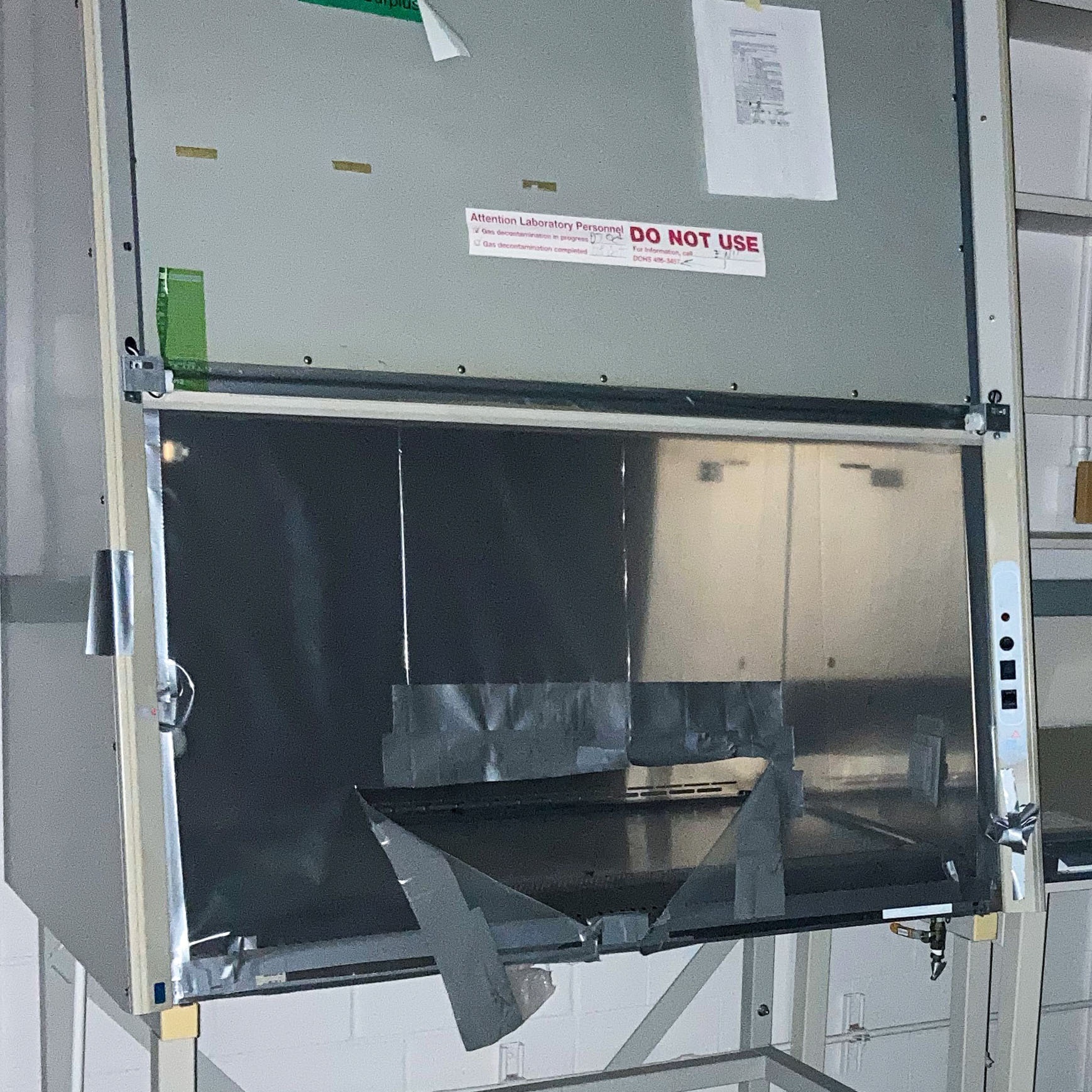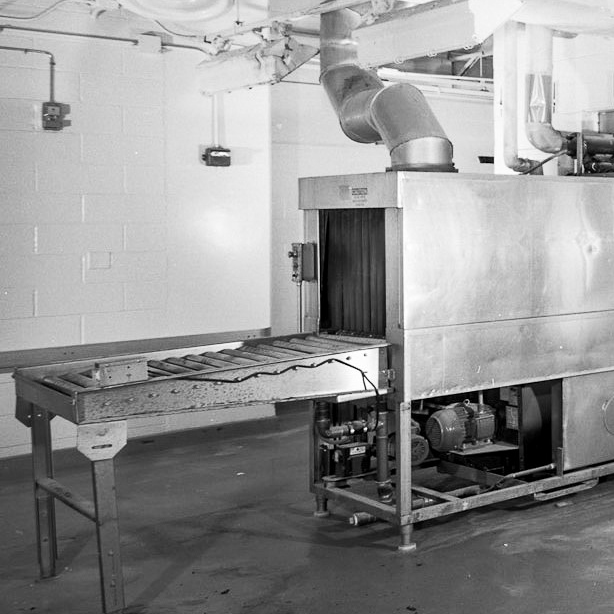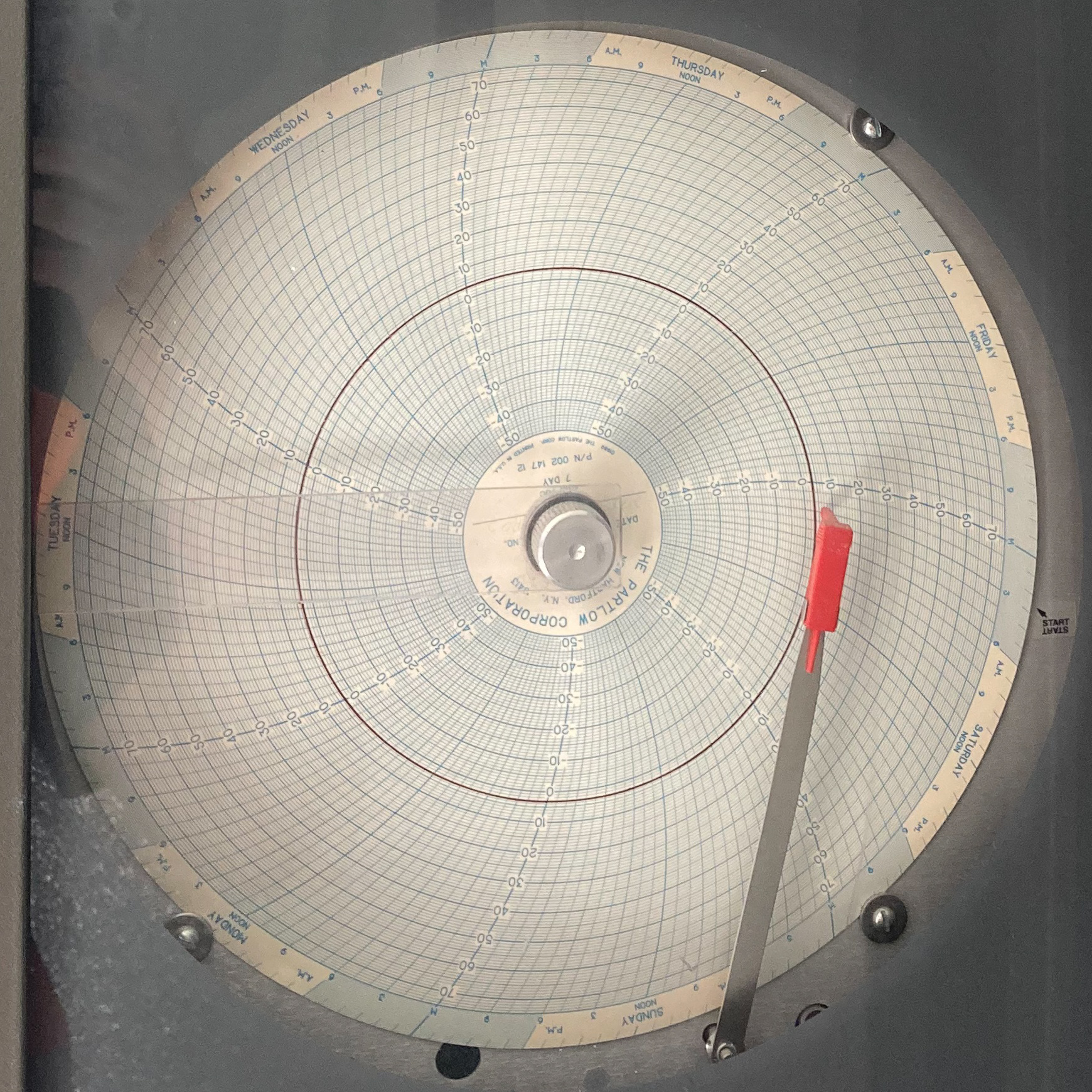...
| Dive | ||||||||||
|---|---|---|---|---|---|---|---|---|---|---|
| ||||||||||
|
| Dive | ||||||||||
|---|---|---|---|---|---|---|---|---|---|---|
| ||||||||||
|
| Dive | ||||||||||
|---|---|---|---|---|---|---|---|---|---|---|
| ||||||||||
|
| Dive | ||||||||||
|---|---|---|---|---|---|---|---|---|---|---|
| ||||||||||
|
| Dive | ||||||||||
|---|---|---|---|---|---|---|---|---|---|---|
| ||||||||||
|
...
Scientific Equipment Photo Galleries
In addition to the images displayed on this page, four five other categories can be found below, including Autoclaves, Fume hoods, Cage washing machines, and Biologics - Cold Room and Miscellaneous.
Soapstone Sink
| Dive | |||||||||||||||
|---|---|---|---|---|---|---|---|---|---|---|---|---|---|---|---|
| Unordered List (ul) | |||||||||||||||
| |||||||||||||||
|
Dr. Finlayson’s DEAE Cellulose Column
...
| Dive | ||||||||||
|---|---|---|---|---|---|---|---|---|---|---|
| ||||||||||
|
Diphtheria and Tetanus Toxoids and Acellular Pertussis Vaccine
...
| Dive | ||||||||||
|---|---|---|---|---|---|---|---|---|---|---|
| ||||||||||
|
Hepatitis A Vaccine
...
| Dive | ||||||||||
|---|---|---|---|---|---|---|---|---|---|---|
| ||||||||||
|
|
Syringes
| Dive | preface | ||||||||||||||
|---|---|---|---|---|---|---|---|---|---|---|---|---|---|---|---|
| class | grid-row grid-gap | ||||||||||||||
| |||||||||||||||
| Dive | |||||||||||||||
| preface | |||||||||||||||
| class | grid-row grid-gap |
|





